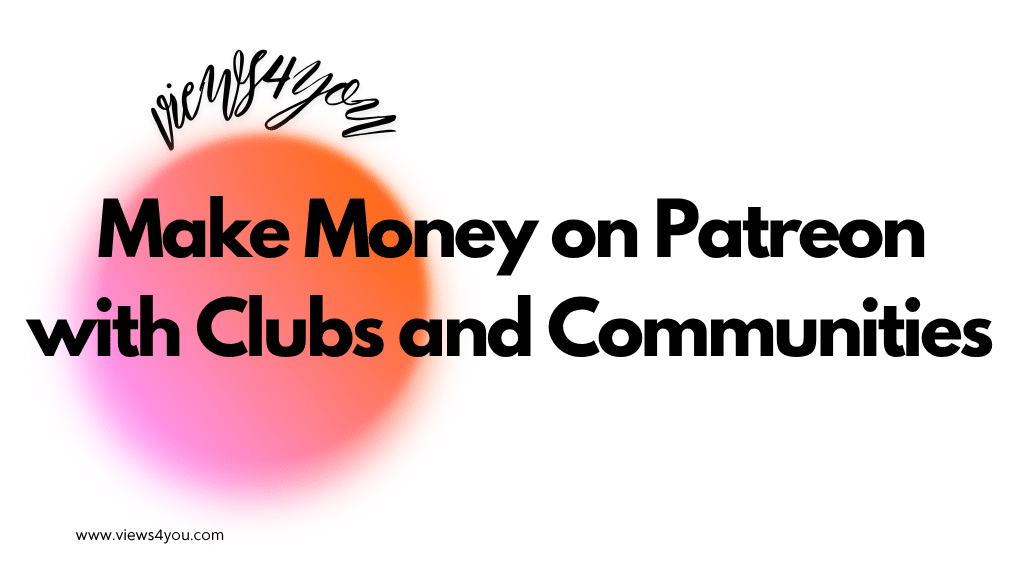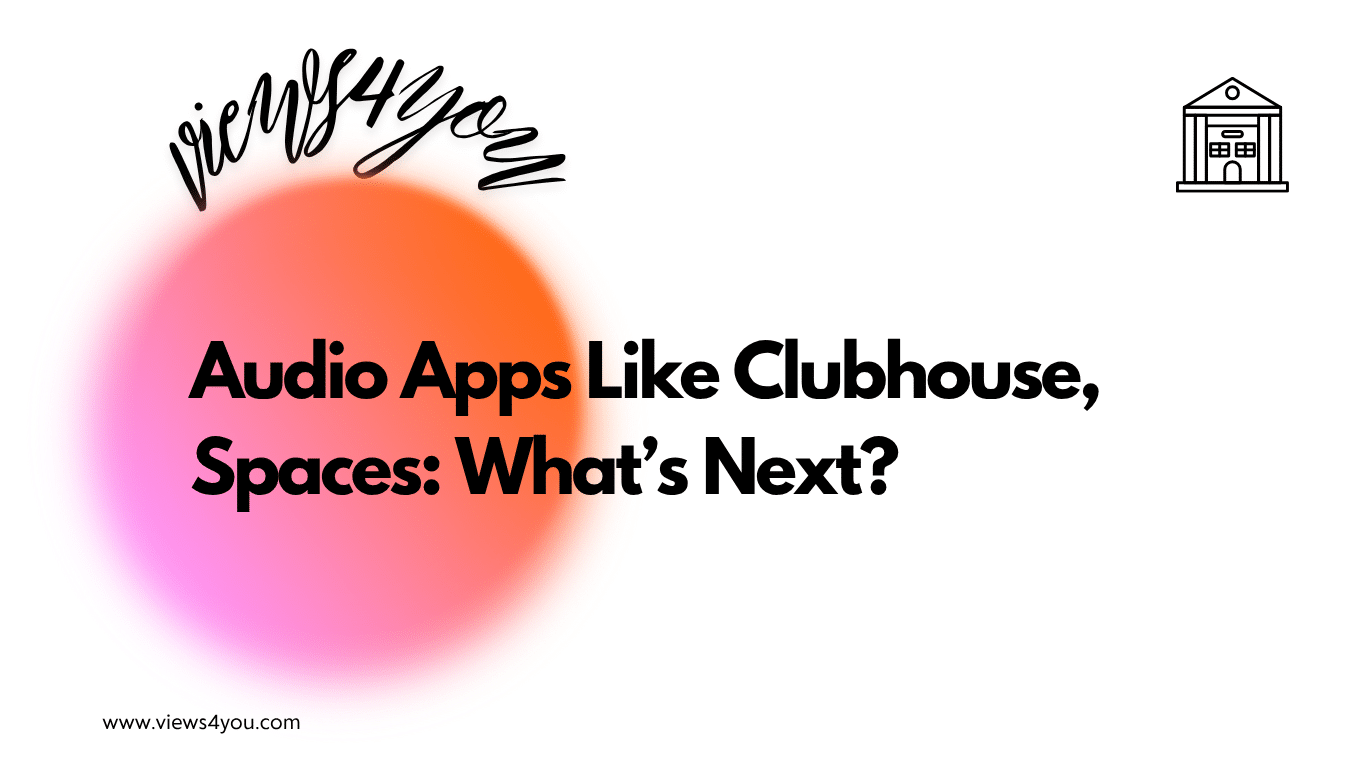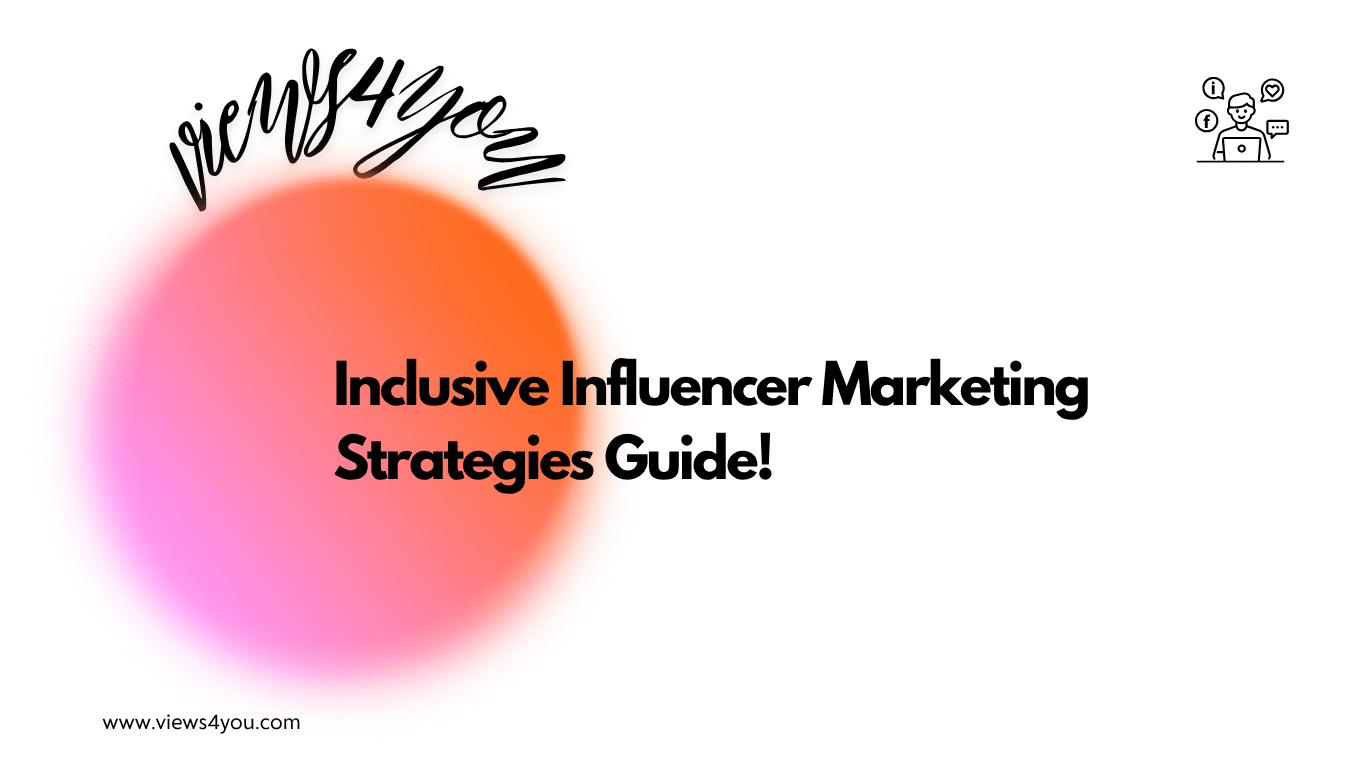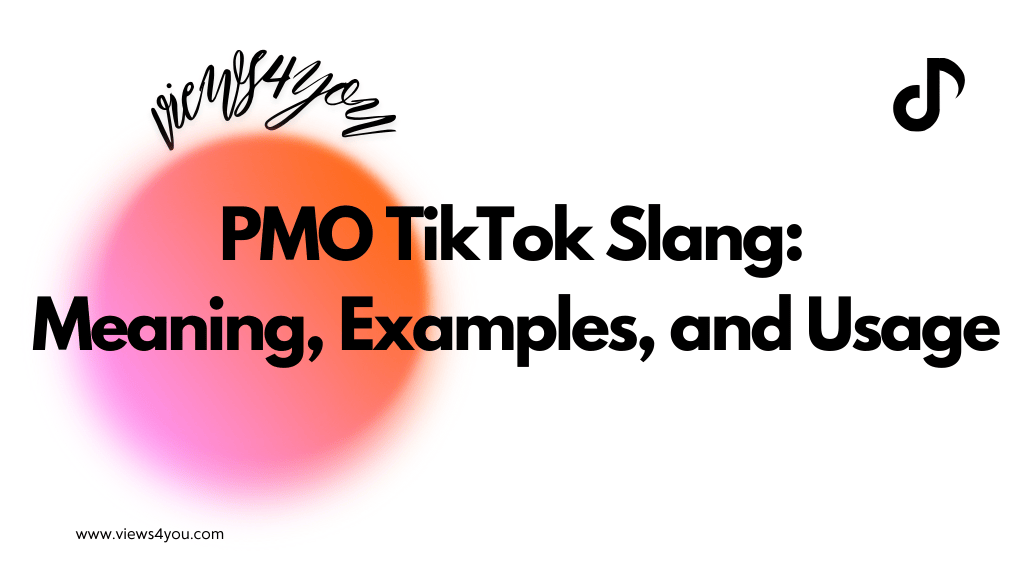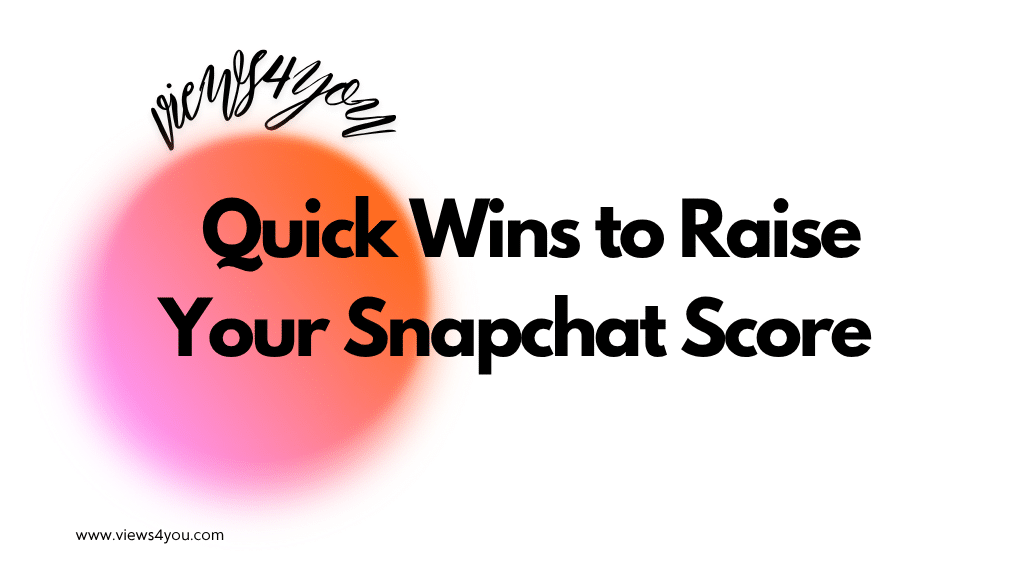AI helps with content monetization by improving visibility, personalizing experiences, and saving time. It assists in optimizing titles and keywords for discovery, tailoring content to different audiences, and automating repetitive tasks. AI also enhances ad targeting and provides insights for pricing and product strategy, making it easier for creators to turn content into income without sacrificing their unique voice.
People often say AI can help you earn money from your content. That sounds exciting, but it also sounds a bit vague, right? I used to wonder the same thing. Over time, I learned that AI doesn’t magically make content valuable. But it does help you make smarter choices that lead to better results, if you use it right.
So, if you’re trying to grow an audience on Instagram, earn through ads, or sell products or services through your content, AI can help. It’s not about replacing your creativity. It’s about giving you useful tools to do more with what you already create.
Getting Seen: How AI Helps With Content Discovery?
Let’s start with the first problem: getting people to actually see what you create. If no one finds your blog, video, or post, you can’t earn from it, no matter how great it is.
Most websites and apps today, YouTube, Instagram, TikTok, even LinkedIn, use AI to decide what shows up on people’s screens. This means your content needs to match what those algorithms like.
For me, I use simple AI tools that suggest better headlines, analyze my keywords, and help me pick stronger titles or thumbnails. This gives the algorithm a better chance of pushing my content to the right people. I’m not trying to “trick the system.” I’m just giving it better signals to work with.
Once your content shows up more often, you have a better shot at turning views into money. But views alone aren’t enough.
Keeping People Interested: AI Makes Content Feel Personal

So, someone clicks on your video or reads your article. Great. Now what? If they leave in the first few seconds, it doesn’t help much.
This is where AI becomes even more useful. I’ve used it to learn how different people prefer to experience content. Some like short videos. Others want full guides. Some want summaries. AI tools help me figure this out by looking at patterns, what people click, how long they stay, what they skip.
For example, I’ve used AI to send the right version of a newsletter to the right reader. Some people get quick tips. Others get full tutorials. I don’t do this by hand. AI does the sorting for me.
The more content feels personal, the more people stick around. And when they stay longer, they’re more likely to subscribe, buy something, or share your work.
Saving Time: How I Use AI Without Losing My Voice?
Let’s be honest. Creating content every day is a lot of work. Even if you love doing it, burnout is real. I’ve hit that wall more than once.
AI helps me get past the hard parts without making my content feel fake. I use it to outline articles, clean up drafts, or come up with new title ideas. Sometimes I’ll even ask it to give me a few sentence options when I’m stuck. But I always rewrite in my own voice.
I tried letting AI write entire posts before. They were fine, but they didn’t sound like me. They had no real point of view. People notice that. If you want to keep trust with your audience, you still need to sound like you.
So I treat AI like a helper, not a replacement. It speeds things up, but I still do the final work.
Smarter Ads: How AI Improves What You Earn?
If you run ads on your content, or plan to, AI can really help. The old way was guessing who to target. Now, platforms like Facebook, YouTube, and TikTok use AI to test your ad with different groups and focus on what works.
When I let AI handle the testing and targeting, I stopped wasting money. It showed my ad to people who were more likely to care. I didn’t have to spend weeks adjusting the settings myself.
That said, you still need to write clear, strong messages. AI can’t fix a confusing offer. So I spend time improving the words and images before running ads. Then I let the platform’s AI handle where and when they show up.
Making Better Offers: AI on Subscription and Product Platforms

Earning from content doesn’t just mean ads. You might sell courses, offer a paid newsletter, or have a subscription tier. I do some of these too. And I’ve found that AI helps me make better choices about pricing, timing, and what content to offer.
For example, I tested offering a 3-day free trial instead of a 7-day one. AI tools predicted people would convert faster, and they did. I wouldn’t have guessed that myself.
Platforms like Substack, Podia, and Gumroad are starting to add AI tools that show you what’s working and what’s not. I look at these insights before I launch anything new. They don’t give you all the answers, but they save time and avoid bad guesses.
The One Thing You Have to Watch Out For!
I wish I had paid attention to this sooner, AI might make your material sound overly smooth. Too generic. It was too dull.
That’s a major problem. People will not remember you if your material is similar to that of others. You may gain views, but you will not establish a relationship. And connection is what converts traffic into cash.
So, I have one rule. I remove AI suggestions that sound like they were written by a robot. I keep the weird phrasing, the gags that may fall flat, and the candid opinions. That’s what people respond to. That is what creates a loyal audience.
Where AI and Monetization Are Headed?
I’ve started seeing some wild new tools, AI-generated influencers, voice clones, and short videos made without cameras. Some of it looks great. Some of it looks weird. But all of it is moving fast.
I don’t jump on every trend. But I do watch what’s gaining attention. Right now, I’m exploring tools that turn blog posts into short clips and tools that test different price points in real time. This lets me create once and earn in multiple ways.
If you’re feeling overwhelmed, don’t worry. You don’t need to try everything. But don’t ignore it either. The tools will keep growing. The people who understand how to use them, not just follow them, will get ahead.
FAQs
Can AI really help me make money from content?
Yes, if you use it to improve what you’re already doing. It helps you reach more people, save time, and understand your audience better. But it won’t earn money for you on its own.
What’s the best place to start with AI for content?
Begin with tools that suggest headlines, help you plan posts, or repurpose content (like turning articles into short videos). These are low-risk but high-value.
Do I need to learn coding to use AI tools?
Not at all. Most of the tools I use have simple dashboards or work right inside platforms you already use, like YouTube, Substack, or Canva.
Can AI replace me as a creator?
No. It can speed up your process and support you. But people connect with personality, not perfection. Your voice still matters most.
What’s the biggest mistake people make with AI content?
Letting AI take over completely. When everything sounds the same, people stop caring. Use AI to help, not to hide. Keep your message clear and your voice real.


